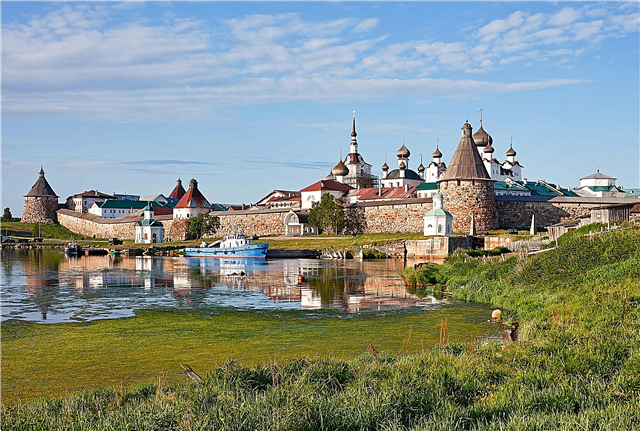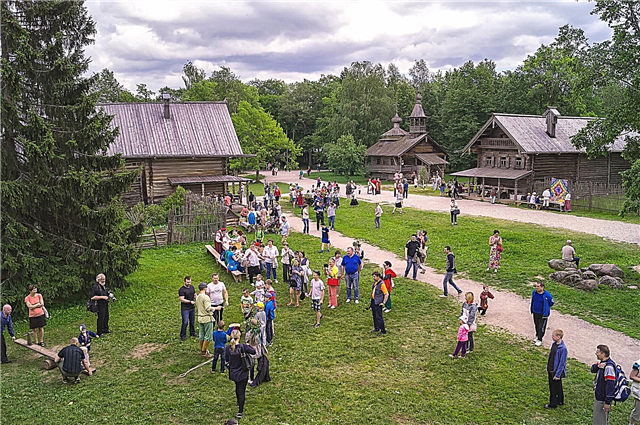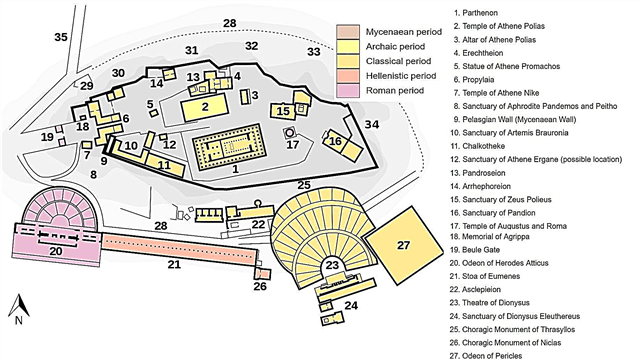
The cities of ancient Hellas had their own acropolis, but none of them could compare with the ancient monument of Athens. Learn about the history and attractions of the Athenian Acropolis, opening times and prices for visiting temples and museums.
History of the Acropolis of Athens
A miracle that all tourists come to see is the adornment of the Greek capital. The Acropolis is located on a flat-topped hill that rises 150 meters above the city. Initially, the palace of the emperor stood here, and in the 7th century BC, the Greeks began to build the first temple - the Parthenon. The construction of the Athenian Acropolis in Greece took several centuries.
At the end of the 19th century, after the country gained independence, the architectural monument began to be restored. Restoration work continues to this day.
Find out more about the sights of Athens.

Structures of the Acropolis of Athens
Walking through the historical part of the city is an extremely interesting journey into the depths of ancient history. The plan of the Athenian Acropolis is striking in its scale, and the ancient ruins leave a very strong impression.
On the hill you can see the remains of the theater of Dionysus, the Sanctuary of Zeus Polieus, the temples of the Erechtheion and Nika Apteros, the Odeon of Herodes Atticus and other buildings. Most of the original statues are on display in Paris and London, and some of the ancient Greek sculptures are on display at the Acropolis Museum. Only copies are placed among the ruins.
Parthenon... The most beautiful temple is dedicated to the heavenly patroness of the inhabitants of the polis - Athena. In ancient times, under the arches of the Parthenon, there was a statue of Athena by the sculptor Phidias. Unfortunately, the unique sculpture has not survived.
The building was damaged in 1687 by shelling by the Venetians. When a cannonball hit the gunpowder store, a violent explosion brought down the center of the temple. Today, rows of slender columns support the remains of the roof, but from a distance the Parthenon looks like a full-fledged temple.












